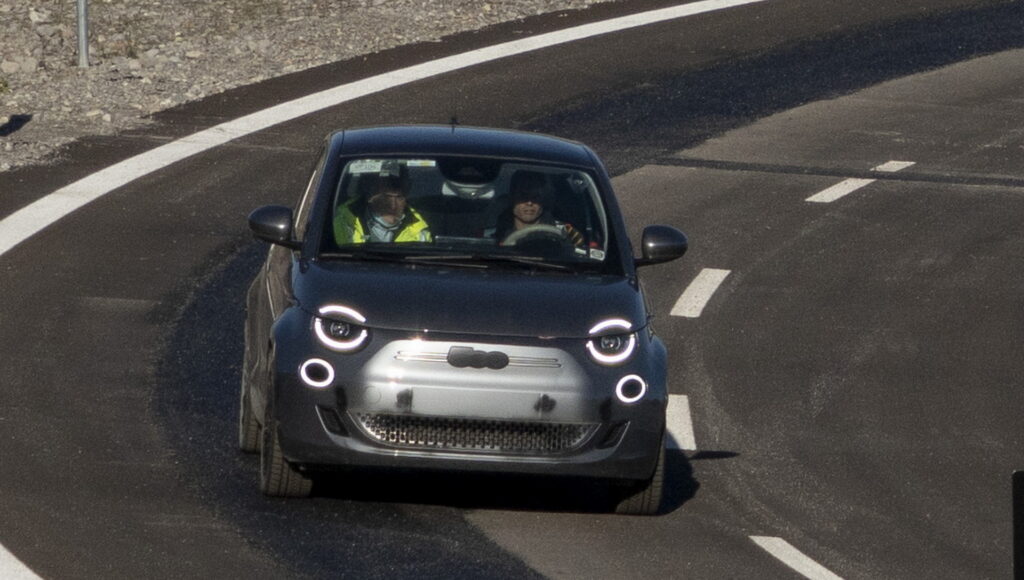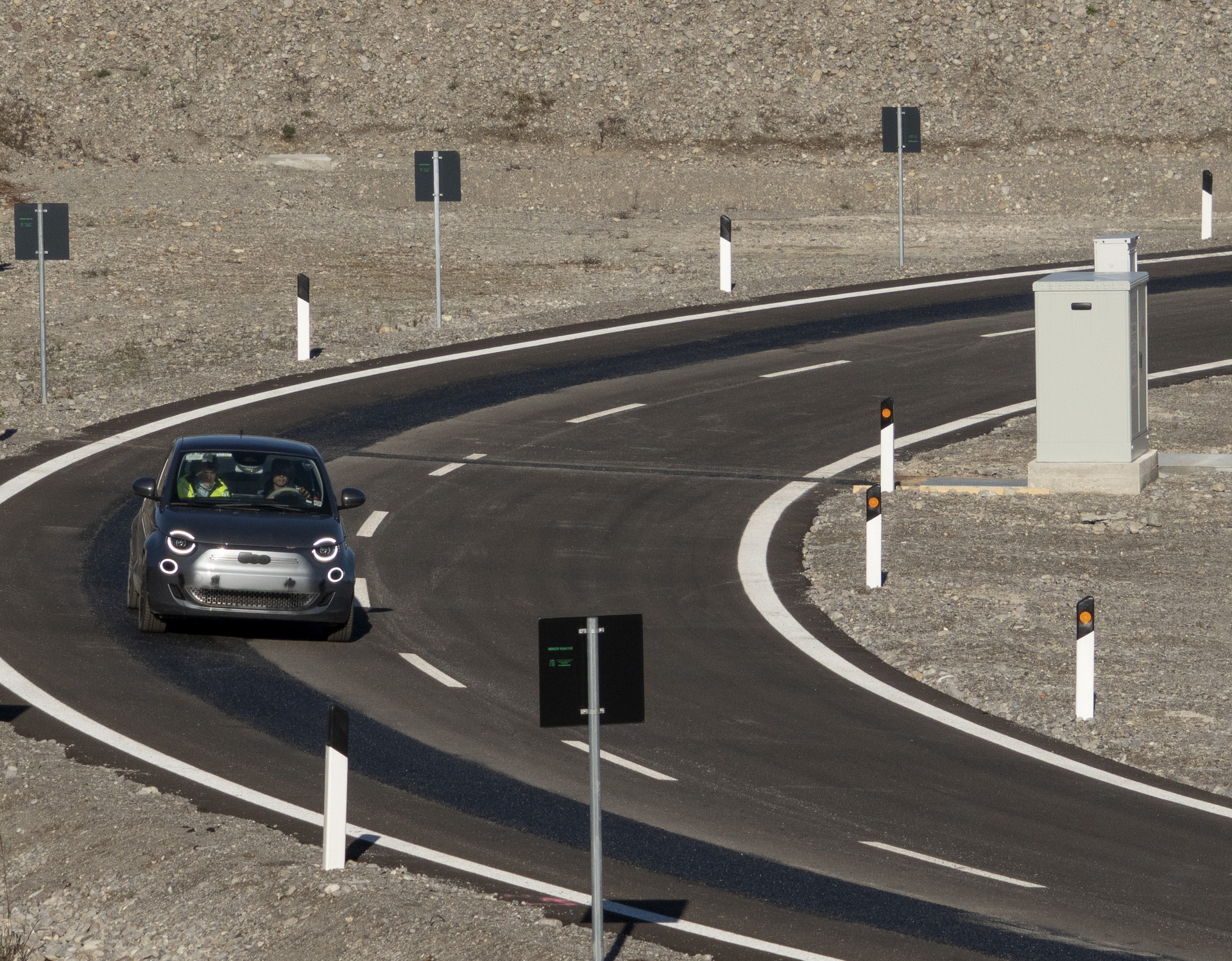Stellantis’ work on the future of driving continues at its “Arena del Futuro,” an experimental road where inductive charging is being tested. The automaker announced that it has managed to achieve efficiency levels similar to those at fast-charging stations.
Indeed, Stellantis said that it managed to get an electric Fiat 500 to travel at highway speeds without using any of the energy stored in its batteries. Tests on the magnetic field intensity further proved that it could do this without having any impact on the driver, either.
That’s great because it means that, on highways with inductive charging technology, the range of electric vehicles could effectively be infinite. Stellantis is working on this technology with several partners.
Read More: Stellantis Opens 0.6-Mile Test Highway That Recharges EV Wirelessly On The Move
The test facility, located in Chiari, Italy, uses a system of coils located under the asphalt that transfers energy directly to cars, buses, and trucks when they are equipped with a special receiver. That energy goes directly from the road to the electric motors, allowing them to drive without running the battery down.
The “Arena del Futuro” uses direct current (DC) to reduce power losses during the energy distribution process. It also allows road builders to use thinner cables that are made of aluminum instead of copper, which is cheaper and easier to source. The automaker also promises that there are no exposed cables, making it safe for people to walk on roads equipped with this technology despite the electric field.
“Our long-term strategic plan, Dare Forward 2030, is based on the premise of bringing ‘cutting-edge freedom of mobility’ to all and this project is the very essence of where we’re headed as a company,” said Anne-Lise Richard, Head of Global e-Mobility Business Unit, Stellantis. “These joint projects are exciting steps as we work to achieve longer battery lifespan, lower range anxiety, greater energy efficiency, smaller battery size, outstanding performance, and lower weight and cost.”










